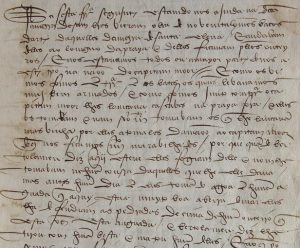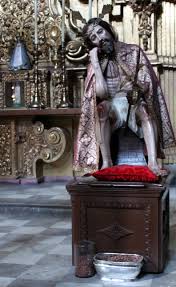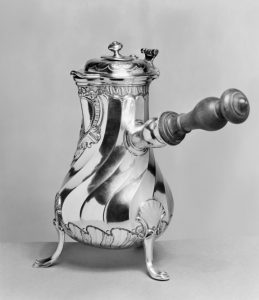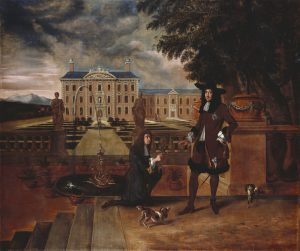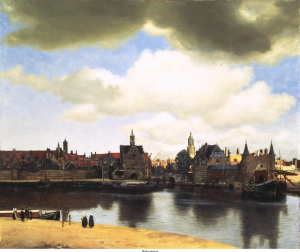
Johannes Vermeer, Delft, Netherlands, 1660-1661.
Oil on Canvas.
Dutch Royal Cabinet of Paintings at the Mauritshuis.
Vermeer, Johannes. View of Delft. 1660-1661. Oil on Canvas. Mauritshuis, The Hague. In Vermeer’s Hat. New York: Bloomsbury Press, 2008, Plate 1 Insert.
The Dutch Golden Age of the 17th century, was a period where the Dutch were at the forefront of trade, science, military, and art. What was the impetus for this renowned prosperity? The answer can be found in Johannes Vemeer’s View of Delft. This piece was made around the height of the Golden Age, 1660, and simply depicts a view of Delft, Netherlands. In the painting, the herring busses are humbly portrayed as an integral part of this town. As integral as the herring busses are in this piece, so are they in the impetus of the Dutch Golden Age.
Due to a global cooling, the herring industry geographically moved into the control of the Dutch. The Dutch began to exploit this newfound economy through their advancements of the herring busses. In turn, caused the prosperity of the Golden Age. One of the notable features of the Dutch Golden Age, is the VOC. Formed in 1602, the Dutch East Indian Company is herald as the most powerful trading corporation in the seventeenth-century world. As the first modern stock exchange, its influence is present in modern finances. The profitable herring industry provided the financial backing that allowed the Dutch to venture into creating the VOC.
The initiatives to create efficient herring busses compelled the Dutch’s methodical and technological advancements. One of which was to create an onboard curing system on the herring busses allowing them to stay out on the water for longer period of time. In order to compensate for the longer time at sea, a larger boat and crew was necessary. The Dutch shipbuilders had to create larger boats to compensate for necessary space of the curing system and the larger crews needed to maintain this system. The combination of larger boats, larger crews, and technological advancements are the beginning of the military glory of the Dutch Golden Age.
The successful herring industry did not go unnoticed. Envious eyes of the Dutch’s enemies attempted to hamper the Dutch’s profits by attacking the herring busses. In response, Dutch towns agreed to send out convoys to protect their common interest. These convoys had to protect the busses without causing any damage to them. This created a necessity for naval strategies among the convoys. Here, the herring busses are uniting and organizing the Dutch towns in a system to protect itself. The famous navel strategies of the Dutch Golden Age can find their roots in the navel expedition to protect the herring busses.
Sources:
Brook, Timothy. 2009. Vermeer’s Hat. New York: Bloomsbury Press.
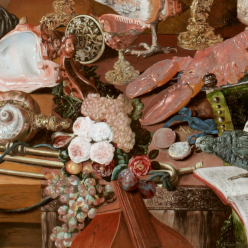

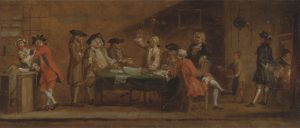


![[n.d.]. Citron x sour orange, Citrus medica L. x Citrus aurantium L.: whole and half-fruits. https://library.artstor.org/asset/ARTSTOR_103_41822003813548.](/wp-content/uploads/2018/12/41822003813548-300x233.jpg)
